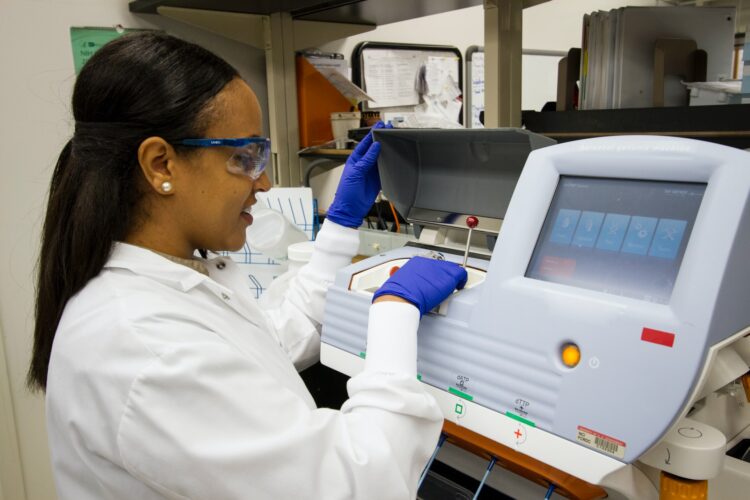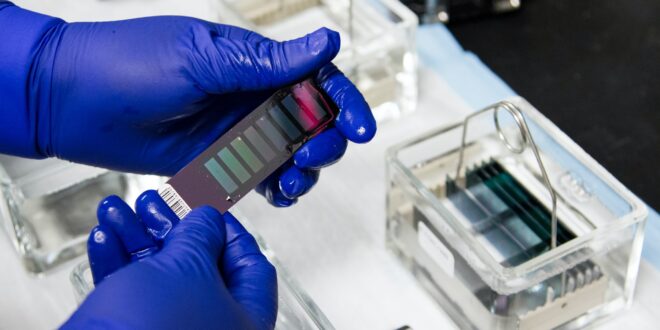It isn’t surprising that the field of biologics manufacturing is constantly changing. After all, technology is developing, and plus, as do the needs of people. Companies must be prepared to meet every requirement and raise to every challenge that is put in front of them.
What’s more, there is also the question of competition. There are numerous companies that are in this line of work, and their main goal is to be better and stand out from the crowd. So, taking all this into consideration, what is the future of biologics manufacturing?
What is biologics manufacturing?
First things first, let us introduce you to this field of the pharmaceutical industry. As you know, this industry provides us with different types of medicine, drugs, and treatments. Most of these are chemically made, but however, this is not the case when it comes to biologics. These include proteins and other compounds that can be found in living cells.
Due to this reason, the entire process of manufacturing them isn’t only quite unique, but it is also planned out down to the last detail because even the slightest disruption or abnormality in it can change the effects and efficiency of the products.
As you can assume, according to Ology Bioservices, this process cannot be performed just anywhere. That’s right, biotech facilities have to be built, and this is extremely expensive. It can cost anywhere between $200 and $500 million.
What does the process include?
Now, let’s talk about the manufacturing process itself. We have already mentioned that it is quite complex, and now, we will tell you what this really means. First of all, there is a long list of requirements that the product, and therefore, the process must meet. These are regarding multiple things, such as, for example, the end purity.
A lot of people are included in the planning of manufacturing, and everything usually happens in the development stages. Everything has to be designed early on because it is quite expensive to make any kind of changes later. If these were to occur, not only would the company lose a lot of money, but they also wouldn’t meet the original deadline, that is, the competitors would probably release the product first. Nevertheless, there are some benefits that this process has. Taking into consideration how detailed and unique it is, since every company designs its own, it is almost impossible for someone else to create the exact same product.
What is the future of biologics?

In the past 20 or so years, the number of applications for biotech patents has increased 25% per year. Nowadays, there are hundreds of these on the market, and a few hundred more are currently being tested.
Because of all the developments that are occurring, it is expected that this field of pharmaceutics will closely follow that trend. However, all this progress raises other potential issues that must be prevented, and the best way to achieve this is to make some significant changes to the market.
Introducing and establishing analytic and bioanalytics methods are one way to go. These can greatly contribute to the process of drug discovery and development. In addition, it is expected that technology will include new techniques that are cost-effective but that are, at the same time, more efficient and, in a way, faster.
What is the future of manufacturing?
There is a common goal that all biotech companies have – the single-use system. Basically, it is the system that includes hardware and numerous disposable parts. The hardware consists of essential parts of the machinery, while other, disposable ones are used only once. This means that having to clean, wash, and sterilize the stainless steel tubes is will be a thing of the past.
However, some people would argue that it is not eco-friendly. After all, these disposable parts are made of plastic, and they are thrown away the moment the manufacturing process is concluded, that is, as soon as they are used. Still, don’t forget about the pure water that is nowadays used to clean these tubes. That’s right. Water consumption will drastically decrease with the implementation of the single-use system.
What are the advantages of a single-use system?
The main benefit of this system is that it could allow the company to work on manufacturing a few products at the same time. Yes, we know this statement is a bit confusing, so let us explain it.
Considering how the process functions right, it is not possible to work on two products at the same time. Why? Well, it is of crucial importance to prevent contamination, and this cannot be guaranteed since the same stainless tubes are used. Yes, they are cleaned and sterilized but don’t forget that this process is quite delicate, and as already mentioned, even the slightest change could have negative effects.
Nevertheless, since the whole point of this system is to use disposables parts and tools, these can easily be removed once the production is completed. What does this mean? Well, simply put, by having these options, companies can work on producing one after another.
Additionally, the equipment and tools must be a perfect match for the products. As you can assume, it isn’t really easy to quickly switch to other pieces of equipment. After all, there are many of these, and they are used in various parts of the process.
Can this system be implemented now?
Upon reading this article, you probably want to know can this system be used. Unfortunately, the answer is no. Currently, it is not possible to implement it in every step of the process. For one, these cannot be included in the purification part of the process simply because the elements are too expensive, which is why it is not possible to use them only once.
Conclusion
To sum up, it is expected that technology will have a great effect on biologics manufacturing in the future. As already explained, the single-use system is the main goal of all biotech corporations since it will enable them to work on developing multiple products and manufacturing them one after another.
 Hi Boox Popular Magazine 2024
Hi Boox Popular Magazine 2024



